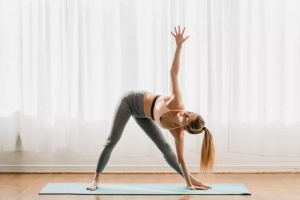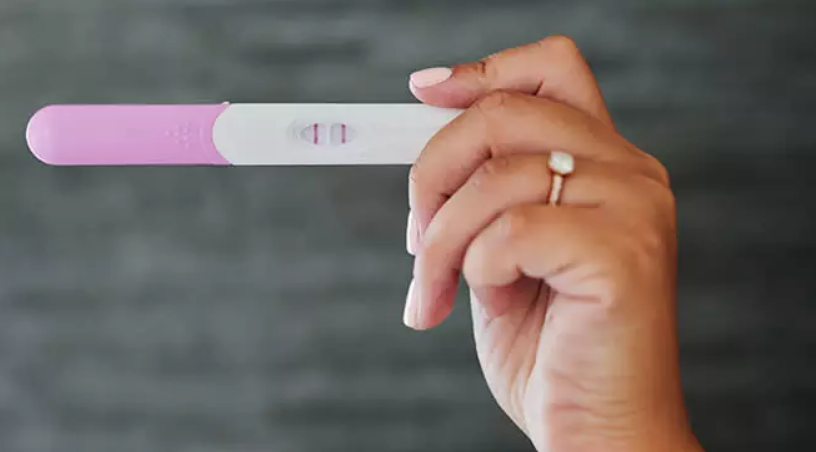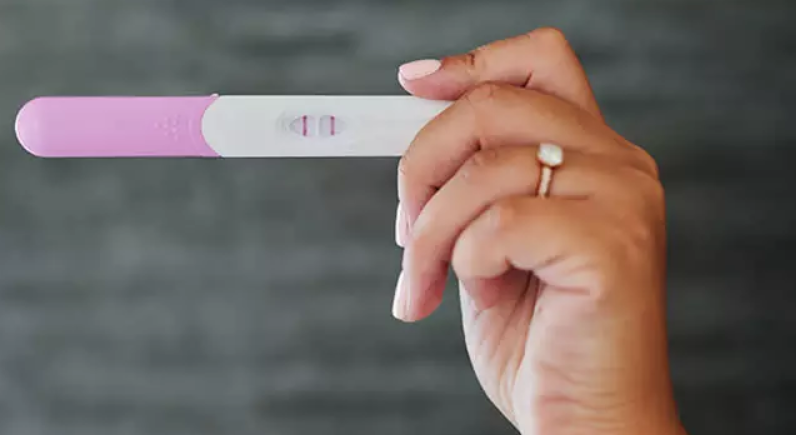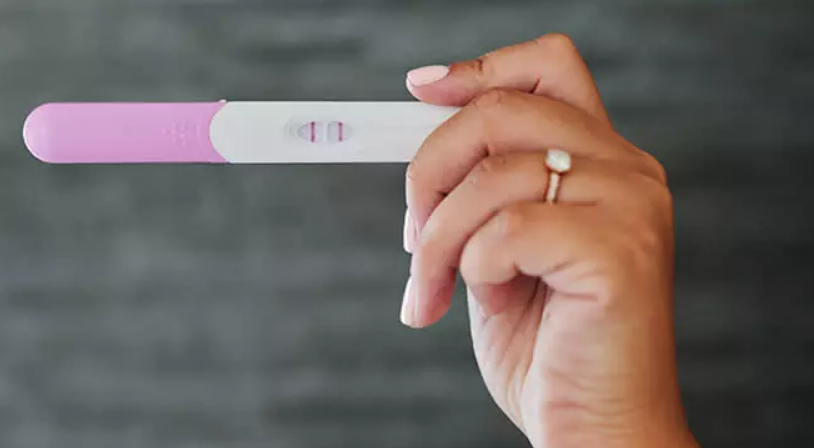There are many factors to take into consideration when it comes to baby’s sleeping habits. Safe sleeping habits are the most important thing. You can help your baby rest soundly and safely through the night by taking a few simple precautions.
Here are some ways to help your baby sleep safely. This position is best for sleeping, and it reduces the chance of SIDS (sudden infant mortality syndrome).
* Make sure the crib has a firm mattress that conforms to current safety standards. There should be no gaps between the mattress’s sides and the crib’s sides. Keep pillows, soft bedding, and other objects out of the baby’s bedroom.
They can increase the chance of SIDS or suffocation. For sleep, dress your baby in light clothes and if necessary, wrap them in a blanket or swaddle. Avoid putting blankets on your baby’s head and allowing them to become too hot.
Parents want their children to be safe. Safe sleeping habits are an important part of this. Here are some ways to help your baby have safe sleeping habits.
1. Place baby on its back to sleep. This position is best for babies and decreases the chance of Sudden Infant Death Syndrome (SIDS). 2. A firm mattress should fit snugly into the crib.
There shouldn’t be any gaps between the sides of the crib and the mattress. 3. Take out all pillows, comforters, blankets, toys and other items from your sleeping area. They can increase the chance of SIDS and suffocation.
4. Make sure the baby’s bedroom is clean and clutter-free. Smoking around or in the baby’s room can increase the risk of SIDS.
Credit: www.healthychildren.org
How can you create a safe sleeping environment for babies?
There are some key points to remember when creating a safe environment for babies to sleep. The baby should have a firm, flat surface for sleeping. It should also be free from pillows and soft bedding that could block their airway. To sleep, the baby should be on its back. This is the most comfortable position for them.
To reduce SIDS, it is important that the area where the baby sleeps should be kept cool and ventilated. It is important that the baby doesn’t have access to any cords or strings. This will prevent them from becoming entangled and posing a danger of choking. These simple guidelines will help you create a safe, comfortable environment for your child to rest soundly throughout the night.
What are the best sleep practices for babies?
To reduce SIDS risk, most medical professionals recommend that babies lie on their backs. Babies under six months of age should sleep on their backs. Parents worry that their baby will develop a flat-headed appearance. However, there are ways to prevent this from happening.
A crib should have a mattress that is firm and meets safety standards. Toys, pillows, and blankets should not be placed in the crib. Because of the danger of suffocation, babies should not be slept with other children or adults in their crib.
A monitor can be used by parents to keep an eye on their child throughout the night. Parents should establish good sleeping habits right from the beginning. Your baby will be able to recognize when it is time for bed by having a routine.
To help your baby fall asleep, you can put them down awake but drowsy. Your baby will learn to self-soothe by responding calmly and consistently when they are awake at night.
What are the 2 Safe Sleep Practices?
Two methods of safe sleeping are the supine and firm position. When you lie on your back, with your head and shoulders supported, the supine position can be described as sleeping on your stomach. This position is great for babies as it reduces the chance of Sudden Infant Death Syndrome (SIDS).
A firm mattress is essential for safe sleep. Soft surfaces can increase SIDS risk, so make sure your baby has a solid foundation.
How can you make sure your baby sleeps safely?
You want your baby to be healthy and safe as a parent. This includes making sure your baby is sleeping well. There are many ways to safely sleep your baby, but the best one for you will depend on how old they are and what stage of development they are at.
Here are six tips to help your baby fall asleep soundly and safely. Place them on their backs to go to sleep. According to the American Academy of Pediatrics, this is the best way to ensure safe sleep.
Sudden Infant Death Syndrome (SIDS) can be reduced by sleeping on your back. Your baby should not be able to see their faces or head while they sleep. 2. Use a firm mattress.
Soft pillows or mattresses can increase SIDS risk. The crib or bassinet should have a firm mattress that fits tightly against all sides. Your baby should not be able to breathe if there are gaps between the mattress of the crib and the side of your crib.
3. Avoid placing pillows, blankets, or other soft objects in the bassinet or crib. If they are placed on your baby’s head while they sleep, they can increase their risk of SIDS or suffocation. Use blankets that are lightweight and tightly tucked around your baby’s head so they don’t accidentally pull them over their heads.
4. Your baby shouldn’t get too hot when they are sleeping. SIDS is more likely to occur if your baby overheats. For sleep, dress them in light clothes, keep the room cool and avoid heavy blankets.
If your baby feels too warm, you can feel it on their chest. Talk to your doctor if this happens often. 5 Use a Pacifier.
Infant Safe Sleep Practices – UC Davis Health
Safe Sleep for Babies Act 2022
The Safe Sleep for Babies Act, which will be in effect in March 2022 in the United States, will come into force. To reduce infant deaths from sleep-related causes, all baby products, including cribs, bassinets and play yards, must meet the new safety standards. This act requires that manufacturers provide clear and concise information to consumers about safe sleeping practices.
Although no one can expect the Safe Sleep for Babies Act will eliminate all infant deaths in this country, it is hoped it will significantly reduce the number of sleep-related infant deaths. The act could save lives and reduce financial burden for families that lose infants to sudden death syndrome or other sleep-related conditions. These families spend an average $12,000 on funeral and related expenses, according to estimates.
Please take the time to learn about the Safe Sleep for Babies Act if you are a caregiver or parent of an infant. It may save your child’s lives.
Conclusion
To reduce the chance of Sudden Infant Death Syndrome (SIDS), it is important to have safe sleeping habits for babies. Safe sleep includes putting babies on their backs, sleeping on a firm mattress and keeping any soft or loose bedding out of the crib. As a parent, it can be a relief to have a safe environment for your baby.















Leave a Reply